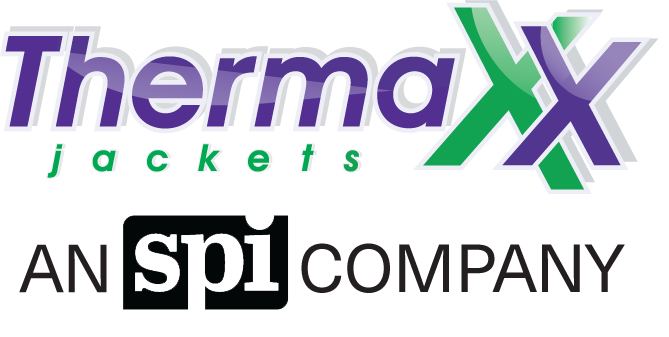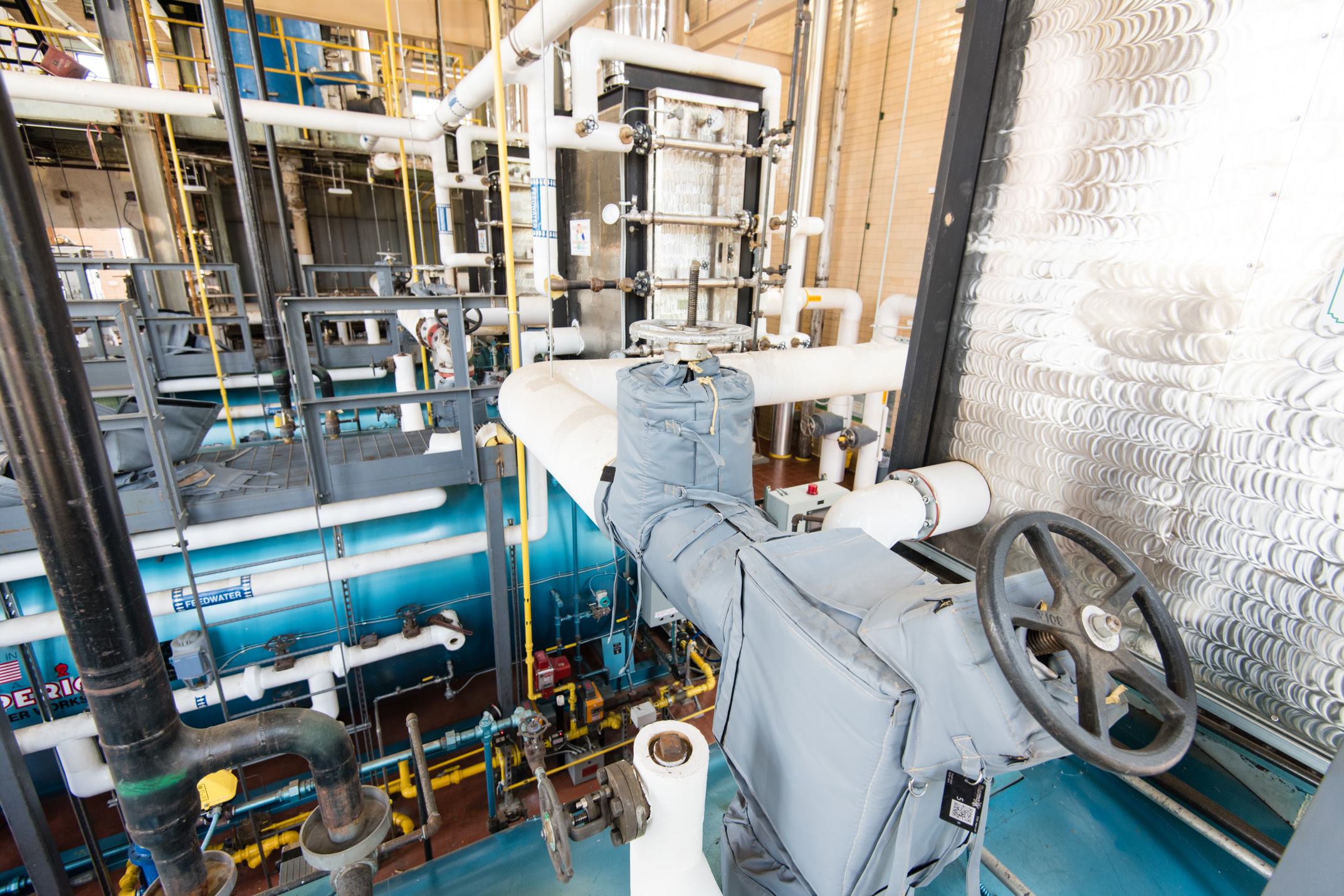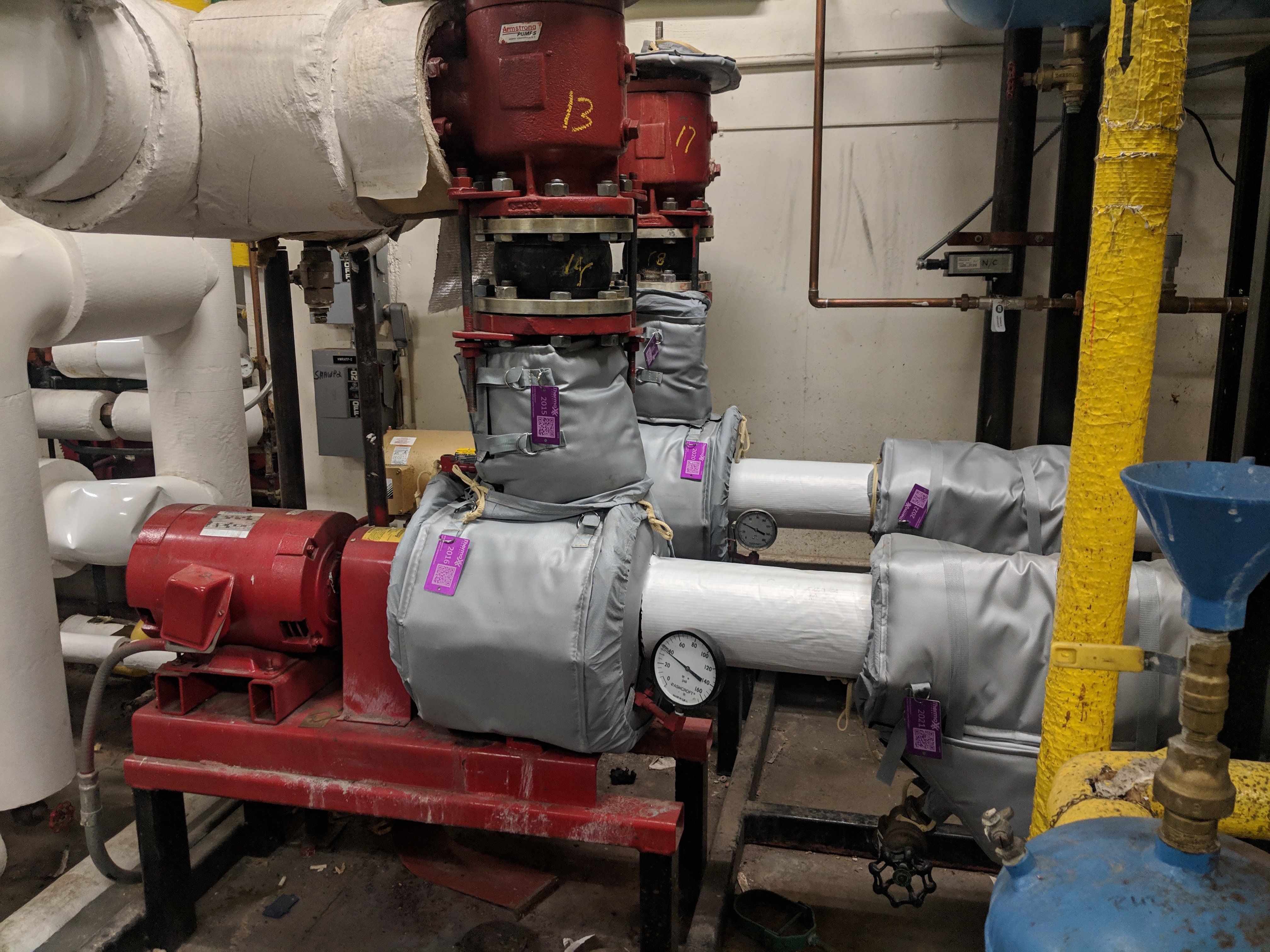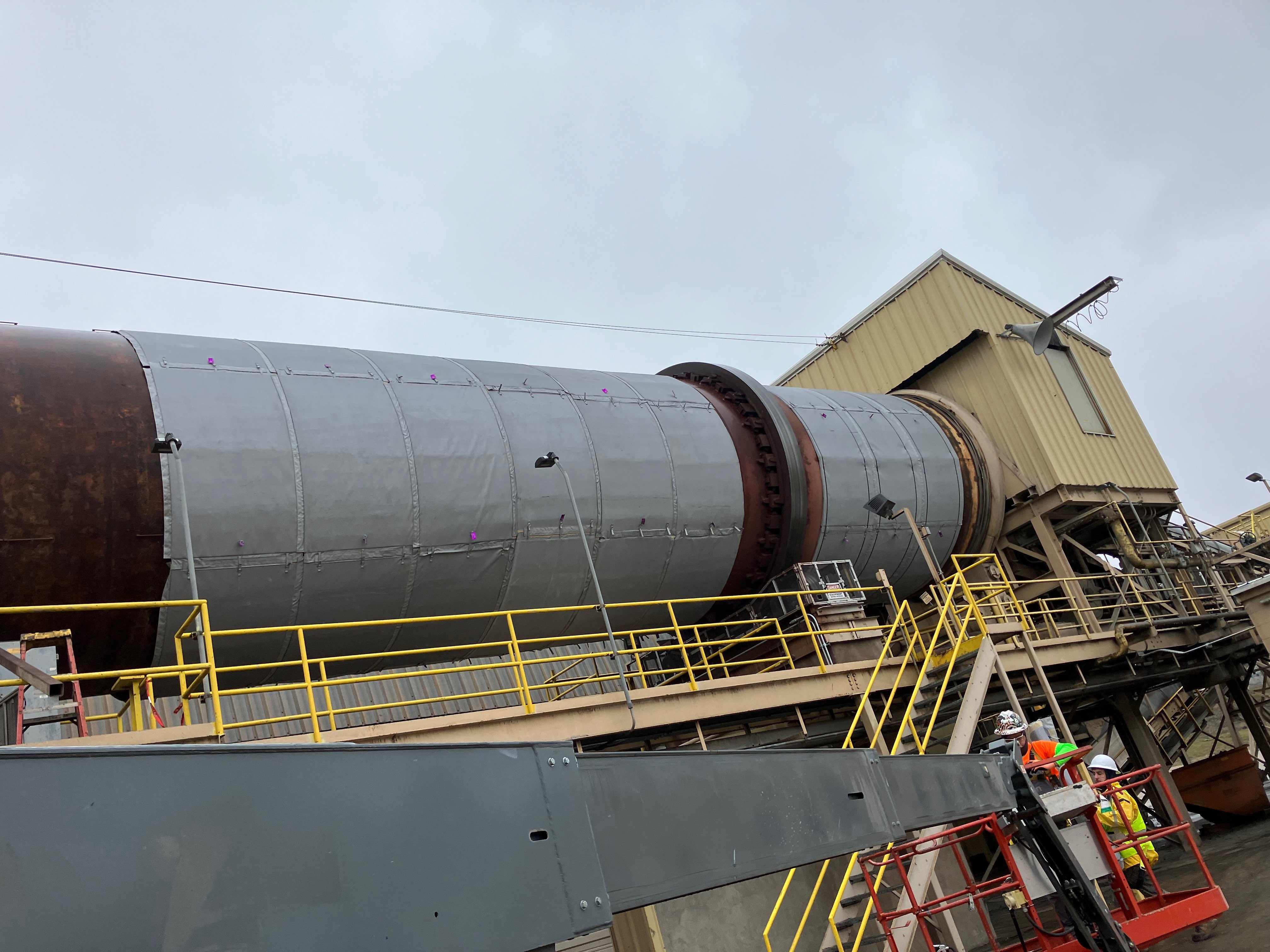Asset Management of Steam Traps and Beyond
This article was written by Philip Johns, an employee of Embedded Energy Technology
The Smart Jacket has fundamentally changed the role of insulation. What was once just a line-item is now a window to the component within that can be utilized most effectively as part of a comprehensive asset management program. In this article, we will outline the primary elements of an asset management program and discuss how these can complement, or sometimes augment, Smart Jacket data. We’ll often reference steam traps, but the principles are almost universally applicable.
You Can’t Manage What you Can’t Measure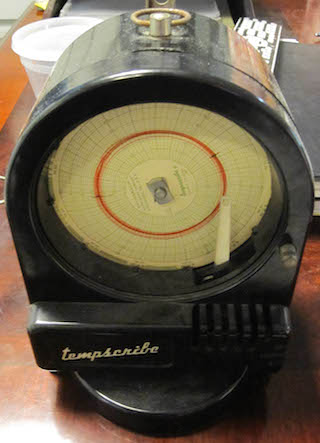
Centralized, measurable data involves more than just "automating the logbook" like this Tempscribe (circa 1950)
A comprehensive asset management program tracks the operational history of every asset in a system and provides the metrics necessary to understand and optimize performance and “Total Cost of Ownership (TCO)”. It’s possible to get a handle on the operational history for an asset by physically attaching a logbook to it and noting activities by date and time, but turning these notes into something useful would be fairly tedious work! And how would we incorporate frequently updated information such as Smart Jacket temperature readings in the logbook? Furthermore, how would we make comparisons across components? The logbook could easily be used to answer “when was steam trap #10 replaced?” but we need centralized, measurable data to answer more complex questions such as “what is the historic lifespan of my floating thermostatic traps?”
Tag Every Asset with a Unique ID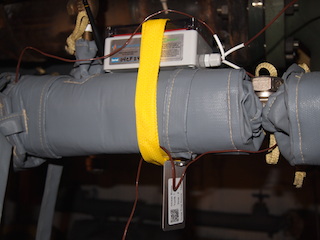
Thermaxx tag showing Asset ID, location, QR code (hanging from a Smart Jacket)
Every asset (component) should be physically tagged with a unique ID (in database terminology, this is the “Primary Key”). This ID should consistently accompany every entry into the asset management system. This allows physical changes to be tracked digitally and ties digital records back to the real-world. If you’re starting from scratch, you can use Thermaxx ID’s (which are printed along with machine-readable QR codes on the tags that hang from our removable insulation). If you’ve had a 3rd party steam trap survey, it’s also common for them to ID & tag your traps. If you already have an ID system in place please let Thermaxx know prior to jacket production and we can use your existing ID’s instead of creating our own. If multiple sets of ID’s already exist, choose your preferred system as the “master” and include old-style or alternative ID’s somewhere in the asset description.
Create Category Labels for Assets and Data entries
Category ‘labels’ should be created for the most frequently used classifications of assets and data to help group them for analysis. Category labels for assets could include “Manufacturer”, “Model”, or “Function” (e.g. “Drip Leg”). Categories for individual data entries could include “Entry Type” (e.g. “Maintenance activity” or “Smart Jacket Temperature Readings”). These labels can be used to run quick analyses and in more interactive systems they can also help determine which fields or values are available.
Use Standard Terminology
Standard terminology can help transform shorthand into measurable information. Categories are designed to help centralize frequently accessed items, but there will always be times when the right category isn’t available or the entry requires more detail than a category can provide. In those cases, we typically resort to shorthand which can be inconsistent1, especially if multiple people are entering information into a system. Inconsistent data isn’t measurable! Maintain a “cheat sheet” (a list of standard terms and when to use them) and make sure anyone who might be entering data has it handy.
Link Identifiers from Disparate Systems
The Asset ID is the primary identification for every entry into the asset management system, but you might use other systems that use different identifiers (“primary keys”). If an entry involves another system, add that information to the current record. For example, you might have a work-order system with its own numbering. If you create an entry for an asset describing a maintenance activity, it would make sense to include the work-order ID so that additional detail can be retrieved via the work-order system (similarly, the work-order should reference the asset ID).
Always Record Date & Time
Whenever creating a new entry, also note the relevant date and time. Most electronic systems automatically log the date and time that an entry is stored, but if you’re recording an event or activity this may not be the same as the date and time that the event/activity occurred – so note that information as well.
Whether your data is stored on paper, spreadsheets, or custom programs, adhering to this framework will make it easier to conduct analyses. It will fortify your existing solutions and alleviate potential headaches down the road when you might end up tackling data consolidation, incorporating new types of information, or migrating to the next big thing.
The most important part of any asset management program is you. Centralized, measurable data can provide the answers that you need to manage effectively- but only if you have the time to ask the questions and oversee maintenance activities. It will take some trial and error to strike the right balance between “just enough” and “too much” data. If you find yourself wanting for more, or wish to reduce some of the burdens of manual data entry (and human error), look toward customization and automation for increased data availability, quality, and timeliness.
If your facility runs on a Building Management system you might already be using it to manage your assets, in which case Thermaxx would be glad to discuss incorporating Smart Jacket data to further improve visibility. As the year progresses we’ll be working on enhanced capabilities for the Smart Jacket Portal so that it can be used to manage assets in addition to simply monitoring them. If you have any feedback on the current Portal or Monthly Report, or would like to suggest any features you might find useful, I’d love to hear from you (email pjohns@thermaxx.es).
To learn more, don't hesitate to Contact Us today!
1We’ve reminded ourselves of the need for standardized terminology many times. In one example, we’d been logging steam trap maintenance activities in shorthand for months (for several Smart Jacket installations who’ve volunteered this additional information) but weren’t able to integrate that information into our automated analysis until we went through and standardized the terminology manually. We had to search through every non-temperature entry and found things such as “REPL. TRAP”, “Replaced”, “New trap”, “fixed”, etc…. Without any guidelines there are an infinite number of ways to say “Trap Replaced”!

Thermaxx Jackets
Thermaxx Jackets was founded over 25 years ago with a single purpose: to help our clients save energy with removable insulation blankets when traditional stay-in-place insulation is not practical. Our dedication to this purpose has resulted in a long list of customers who have saved money thanks to Thermaxx Jackets! Combining expertise in heat loss, wireless monitoring, insulation design, and several other disciplines, we’ve become the #1 provider and fabricator of removable insulation jackets and covers. The Thermaxx Sales and Service teams are experienced and trained to provide clients with the most timely and cost-effective solution.
Categories
- removable insulation
- thermaxx jackets
- energy savings
- savings
- energy efficiency
- safety
- pipe insulation
- energy
- case study
- insulation materials
- thermal insulation
- heat loss survey
- heat loss
- energy loss
- hot insulation
- fiberglass
- installation
- steam
- New York
- custom insulation
- NYC Case Study
- boiler
- university
- Connecticut
- reusable insulation
